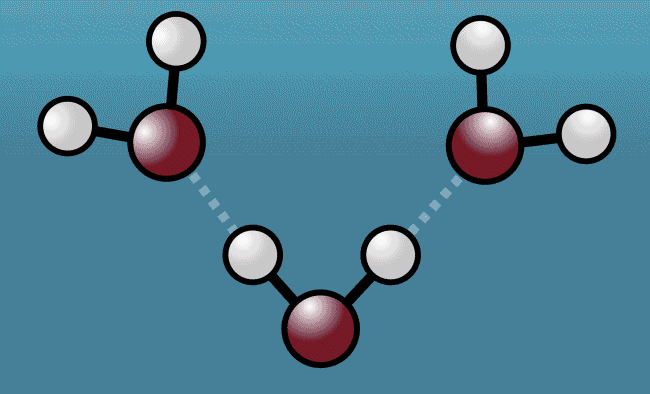There's a storm in your teacup of the likes we barely understand. Water molecules flipping about madly, reaching out to one another, grabbing hold and letting go in unique ways that defy easy study.
While physicists know the phenomenon of hydrogen bonding plays a key role in water's many weird and wonderful configurations, certain details of exactly how this works have remained rather vague.
An international team of researchers took a new approach to imaging the positions of particles making up liquid water, capturing their blur with femtosecond precision to reveal how hydrogen and oxygen jostle within water molecules.
Their results might not help us make a better cup of tea, but they go a long way in fleshing out the quantum modelling of hydrogen bonds, potentially improving theories explaining why water – so vital for life as we know it – has such intriguing properties.
"This has really opened a new window to study water," says Xijie Wang, a physicist with the US Department of Energy's SLAC National Accelerator Laboratory.
"Now that we can finally see the hydrogen bonds moving, we'd like to connect those movements with the broader picture, which could shed light on how water led to the origin and survival of life on Earth and inform the development of renewable energy methods."
In isolation, a single molecule of water is a three-way custody battle over electrons between two hydrogen atoms and a single oxygen.
With far more protons than its pair of weenie sidekicks, oxygen gets slightly more of the molecule's electron love. This leaves each hydrogen with a little more electron-free time than usual. The tiny atoms aren't exactly left positively charged, but it does make for a V-shaped molecule with a gentle slope of subtly positive tips and a slightly negative core.
Throw a number of these molecules together with enough energy, and the small variations in charge will arrange themselves accordingly, with same charges pushing apart and unlike charges coming together.
While that might all sound simple enough, the engine behind this process is anything but straight-forward. Electrons zoom about under the influence of various quantum laws, meaning the closer we look, the less certain we can be about certain properties.
Previously, physicists had relied on ultrafast spectroscopy to gain an understanding of the way electrons move in water's chaotic tug-of-war, catching photons of light and analyzing their signature to map the electron positions.
Unfortunately, this leaves out a crucial part of the scenery – the atoms themselves. Far from passive bystanders, they also flex and wobble with respect to the quantum forces shifting around them.
"The low mass of the hydrogen atoms accentuates their quantum wave-like behavior," says SLAC physicist Kelly Gaffney.
To gain insights into the atom's arrangements, the team used something called a Megaelectronvolt Ultrafast Electron Diffraction Instrument, or MeV-UED. This device at the SLAC's National Accelerator Laboratory showers the water with electrons, which carry crucial information on the atoms' arrangements as they ricochet from the molecules.
 (Greg Stewart/SLAC National Accelerator Laboratory)
(Greg Stewart/SLAC National Accelerator Laboratory)
Above: Animation shows how a water molecule responds after being hit with laser light. As the excited water molecule starts to vibrate, its hydrogen atoms (white) tug oxygen atoms (red) from neighboring water molecules closer, before pushing them away, expanding the space between the molecules.
With enough snapshots, it was possible to build a high-resolution picture of the jiggle of hydrogen as the molecules bend and flex around them, revealing how they drag oxygen from neighboring molecules towards them before violently shoving them back again.
"This study is the first to directly demonstrate that the response of the hydrogen bond network to an impulse of energy depends critically on the quantum mechanical nature of how the hydrogen atoms are spaced out, which has long been suggested to be responsible for the unique attributes of water and its hydrogen bond network," says Gaffney.
Now that the tool has been shown to work in principle, researchers can use it to study the turbulent waltz of water molecules as pressures rise and temperatures fall, watching how it responds to life-building organic solutes or forms amazing new phases under exotic conditions.
Never did a storm look quite so graceful.
This research was published in Nature.
#Physics | https://sciencespies.com/physics/for-the-first-time-physicists-observed-a-quantum-property-that-makes-water-weird/
No comments:
Post a Comment